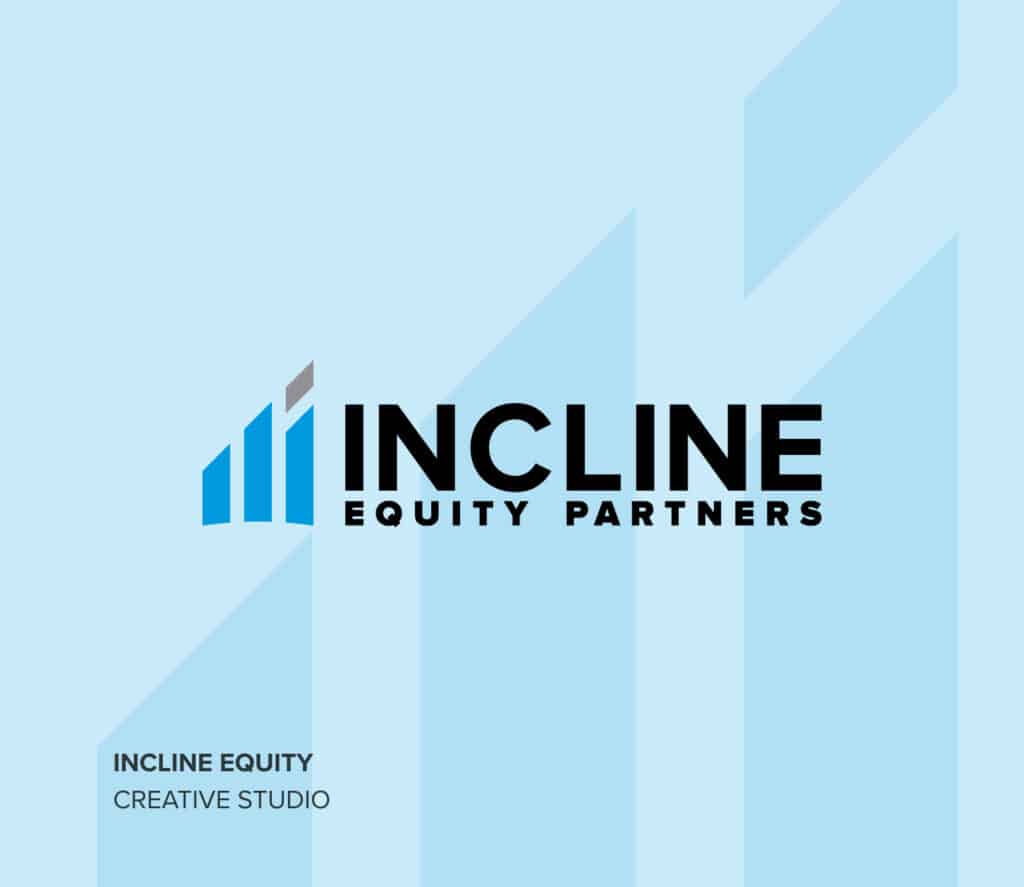Previously published on May 30, 2022 in
By Binna Kim, President at Vested
As Asian/Pacific American Heritage Month ends today (May 31), let’s look at some numbers. Only 2 percent of U.S.-based CEOs identify as AAPI. Similarly, the percentage of Asian-American women in executive positions is miniscule.
Moreover, fewer than one percent of U.S. elected leaders are Asian-American, despite the AAPI community being the fastest growing demographic. The AAPI community will represent 46 million people in America by 2060. This massive, influential demographic is underrepresented and overlooked in political offices and corporate boardrooms.
So, what can we as communicators do?
While there are a number of critical areas—from looking at AAPI representation amongst corporate spokespeople to mindfulness in communication—let’s focus on another aspect of the issue: how we define and promote leadership within corporate America.
Leadership’s Image
Leadership does not have to be loud.
Leadership does not have to be masculine.
Or pushy. Or aggressive.
Indeed, there is an inherent conflict in how American businesses seem to characterize leadership and AAPI cultural norms.
Many Asian-Americans are taught to speak only when they have something important to say. Respect seniors and elders. Don’t brag. Keep your head down and work hard.
As a recent article noted, a stereotype paints all Asians “as hardworking, smart and faithful…However, they were also deemed workers who lacked the ambition, creativity and confidence that leadership requires.”
So, is it that the AAPI community lacks leadership skills? Or that leadership historically is defined in our country in a way more suited for the alpha male?
Changing the Paradigm
Leaders in communication and marketing, how do you define leadership within your organization?
How are we describing our agencies’ or departments’ cultures and leadership styles? In an industry where we’re responsible for delivering creative strategy, communicating complex messages and crushing the big presentation, it may be too easy to mistake leadership with simply being the loud person with ‘big ideas.’
Let’s leave behind the alpha male model of leadership. Broaden successful leadership, making it as diverse as our country and organizations.
Examine the words and feedback in performance reviews. Are we saying, ‘I think you need to speak up more’ or ‘You’re too quiet in meetings’ to someone who was raised in a culture that emphasizes speaking little unless you have something important to say?
We believe the data will shift and we’ll see more AAPI leaders, not just in the PR and marketing fields but across corporate America. Yet we can help start the process, beginning with how we identify and promote leaders within our units. This is something we can all do a better job of–through cultural mindfulness, self-awareness and re-defining long-held definitions of leadership.
This approach will have a positive influence on not just the AAPI community, but other underrepresented groups.
We can do better, because we must.
Binna Kim is president and co-founder of Vested
[Editor’s Note: The writer’s views do not necessarily reflect those of PRNEWS. We invite opposing essays from readers.]



